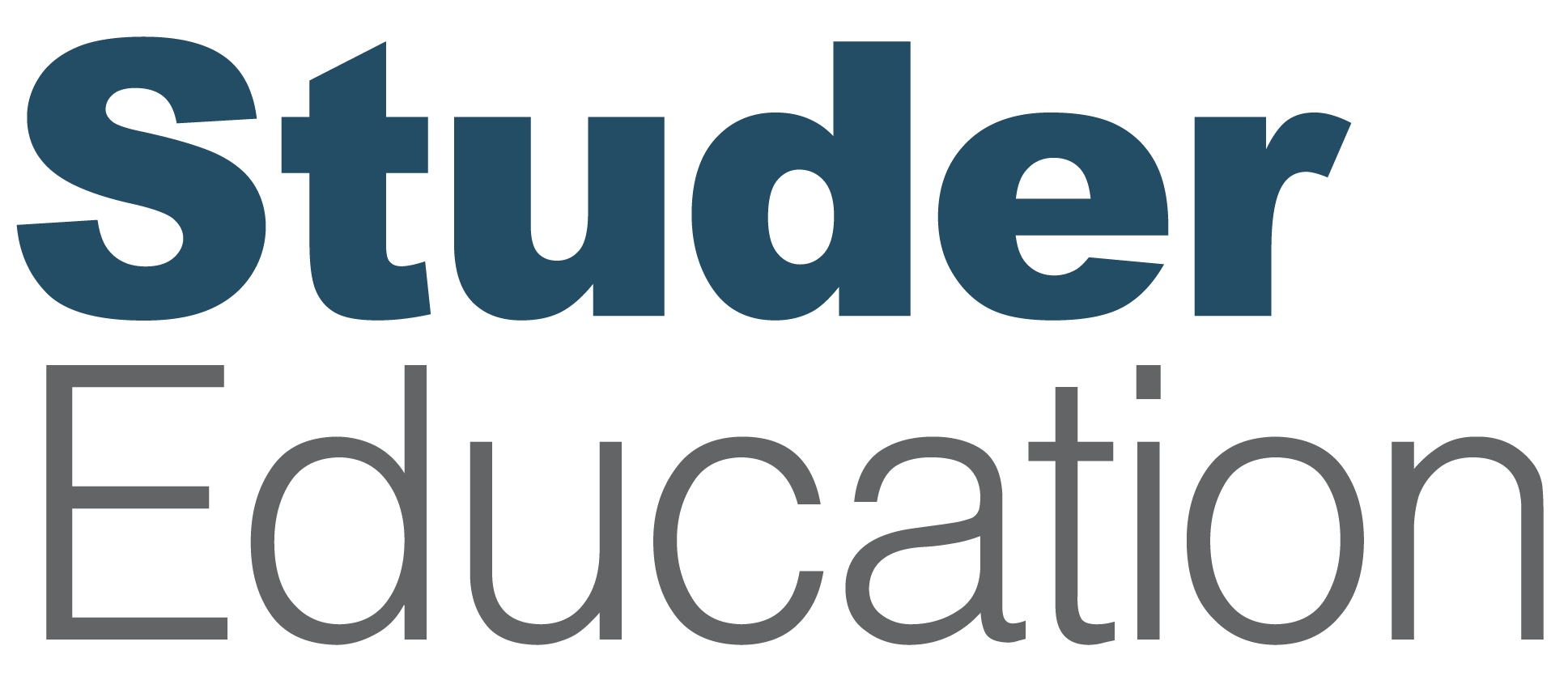
Showing gratitude is an often overlooked yet essential practice for leading organizations effectively. Listen as Dr. Janet Pilcher reveals three practical ways to embed gratitude into your organization and connect your team to their purpose.
Latest Episodes
[Intro music plays in the background.]
Janet Pilcher: Hello everyone, welcome to the Accelerate Your Performance podcast. I’m your host, Janet Pilcher. Today I want to dive into a powerful, yet often overlooked element of effective leadership. Something we’ve talked about before on the podcast episodes. It’s gratitude. Here’s why.
I’m so grateful to the leaders we have the opportunity to partner with. You hear me say it repeatedly. We work with some of the best and most thoughtful leaders in the country in both K-12 and higher education. I get the honor of interviewing the leaders who partner with our organizations. And after the interview, I’m energized by their dedication to do the difficult work to achieve organizational excellence.
To our partner leaders in the organizations we work with, you make my work worthwhile. And you do indeed make a difference in the lives of those you serve. Our team will continue to work tirelessly to partner with you to be the difference maker for you and your teams. We also love showcasing your work. We will do so in April at our Virtual Destination High Performance Conference held for two and a half hour segments over three days. To learn more and register, go to studereducation.com/events. It will be great to learn from each other and learn from your colleagues.
The leaders I’m referring to know how important showing gratitude is. They hardwire this practice each and every day in their organizations. Here’s why. It’s no secret that showing gratitude for the things and people you appreciate is associated with benefits like better physical and psychological help, increased life and work satisfaction, and improved human performance.
Showing gratitude helps us deeply connect people to their work because they know how what they do makes a difference and contributes to the overall goals. And those goals always align to providing the best for our students and families. That’s worth recognizing. And we can’t do it enough. When the world seems to be spinning in many directions, there are things we can control and things that are out of our control. And we know that showing gratitude to others is something we have complete control over. When there’s uncertainty from the external factors affecting us, showing gratitude becomes even more important. Here’s how our partner organizational leaders make gratitude part of their organizational culture that we can all learn from.
Let’s view some tips. First, consider setting aside some intentional time to show gratitude. Some of our partner districts and organizations make gratitude a priority at each executive or faculty meeting, for example. They’ll make time at the beginning or end for their teams to write a quick note to someone.
In fact, we do this at Studer Education. Most of us work scattered across the country, and we get to see each other in person only a few times a year. Often, at the end of one of our quarterly strategy sessions, our engagement team coordinator sets up a table with blank cards, envelopes, and postage. And our employees take a few moments to intentionally set aside time and say “thank you” to someone who has been especially helpful to them recently. So the first thing I encourage you to do is to set aside intentional time for yourself or your team to show gratitude.
Second, let’s get creative in how we show gratitude. Handwritten thank you notes are incredibly meaningful, and we know our employees hang on to those for a long time. I have several of those thank you notes, many of those thank you notes, in a special place in my office. But are there other ways? Here’s some ideas. Send a quick text or email of appreciation to a colleague. Publicly acknowledge an employee’s contributions during a board, faculty, or executive cabinet meeting. Send an email of thanks to an employee’s supervisor for their excellent work. That’s a win for both. The supervisor, the employee, and for you. And create a space for employees to share shout outs, kudos, or words of thanks for each other. I like this one because one note of positivity can be contagious. Before you know it, you could have a wall full of thanks for each other.
And a third way to show gratitude is to tie your gratitude and appreciation back to your organization’s values or standards of excellence. In the education world, we often hear that what gets recognized gets repeated. Let’s recognize the good. There’s so much good in what we do, and we see that good every day. When we tie that recognition to standards, our employees truly get a sense of what right looks like.
This week, end your day jotting down something or someone to recognize, then take action and use one of the tips that we talked about or something that you create to show your gratitude. That one small act that takes a little bit of time makes a huge difference in the lives of others.
To our leaders we partner with and serve, the work that you are doing to apply the organizational excellence framework and our Hardwiring Excellence in Education principles, make a difference in our profession. I see it every day in the work that you do. I am deeply grateful to be on this improvement and excellence journey with you and our Studer Education Leader Coaches.
[Outro music plays in the background.]
As always, thank you for tuning in to this episode of the Accelerate Your Performance podcast. I appreciate your time each week, and I hope you’ll tune in next time as we continue to work together to build organizational excellence. Have a great week, everyone.








